Aerobic Vs Anaerobic: What’s The Difference?

We learnt about it in biology class at school, but do you actually remember what aerobic and anaerobic mean? And do you know why it matters to runners?
Here we’re looking at how the two systems work, and how they complement each other in our training. We’ll also look at why you need to do both aerobic and anaerobic running, and how there’s actually a third system that not many people know about.
As this topic requires a bit of science, we’ve covered the basics in the first half, and then we’re going deeper in the second half for all those who want the nerdier facts!
WHAT DO AEROBIC VS ANAEROBIC MEAN?
Aerobic means ‘with oxygen’ and anaerobic means ‘without oxygen’, and it’s all about how we create energy.
A slow, easy run is aerobic. When you’re running at a slow pace, you’re able to breathe in lots of lovely oxygen. You use this oxygen to help turn your body’s store of glycogen (which comes from carbohydrates that you’ve eaten) into energy. It takes a while to metabolise this energy, but there’s no rush as you’re just going at a slow pace. If you keep at this effort then in theory you can carry on this effort for many miles or many hours.
A short, fast run is anaerobic. When you’re running very fast, your body needs energy as quickly as possible, so to speed up the process it creates it without oxygen. But because of the limitations on how much energy you can produce without oxygen, you can only maintain these fast runs for a short amount of time before you have to slow down and stop (typically 10-90 seconds). If you walk for a minute, then you’ll catch your breathe, gulp in lots of oxygen, and quickly top up your energy ready to run again.
(We explain a bit more about the physiology of all this below).
WHAT ARE THE BENEFITS OF AEROBIC RUNNING & EXERCISE?
- These easy paced runs build up your cardio fitness and endurance
- They are less taxing on the body and come with fewer injury risks compared to fast runs
- Doing more slow running can actually help you to get faster overall
WHAT ARE THE BENEFITS OF ANAEROBIC RUNNING & EXERCISE?
- They build up speed, strength and power
- They can increase your lactate threshold, which can boost your overall fitness, meaning you can run faster for longer
- Short anaerobic intervals increase your heart rate, and doing this trains your body to be more efficient at using oxygen at faster speeds and slower speeds
- Additionally, anaerobic intervals improve your running economy because short, fast runs encourage you to use good running form
HOW MUCH AEROBIC AND ANAEROBIC RUNNING SHOULD YOU DO?
Think about your training as an 80/20 split. That means 80% of it is low intensity at an easy pace, and 20% of it is done at a higher intensity.
All the 80% is aerobic and of the other 20%, up to around 5-10% will likely be anaerobic in the form of strides, hill sprints and short intervals. Some workouts, like tempo and threshold runs shouldn’t be anaerobic but will be a hard effort near the limit of your aerobic capacity. Here’s every type of run explained so you know exactly what all those runs mean.
Anaerobic training may only make up a small amount of your training, but it’s a powerful and efficient way to build strength, power and speed as a runner.
TYPES OF AEROBIC AND ANAEROBIC EXERCISE
Any easy-paced cardio exercise is aerobic, like walking, hiking, swimming, elliptical, cycling and rowing.
Strength training, high intensity interval workouts (HIIT), HYROX workouts and any hard intervals, like a bike sprint or short rowing time trial, would be anaerobic.
WHAT ARE THE DIFFERENCES BETWEEN AEROBIC & ANAEROBIC EXERCISE?
Right, here comes the science!
There’s no way to discuss aerobic and anaerobic systems without a bit of biology, but don’t worry: none of this is essential for runners to know or understand (the sections above cover everything you really need to know). However, if you’re interested in the nerdier side of running, then the next sections might be fun to understand the physiology behind different types of run, and why they make you feel the way they do. Let’s dive in!
When we exercise, our body needs to use energy to keep us going. Adenosine triphosphate (ATP) is the energy source for every cell in the body.
When we run slowly, our body uses oxygen to convert glycogen, which we get from the carbohydrates we consume, into ATP to use as energy. It takes longer to create this energy using oxygen, but as we’re running at an easy aerobic effort, our body has plenty of time to do that.
As long as we have glycogen and continue to steadily breathe, we can keep on running for a long time, though eventually we may run out of glycogen which is why we take energy gels or energy drink in long runs to avoid hitting The Wall.
When we run fast, our body has to prioritise converting glycogen into ATP as quickly as possible, so it does it without oxygen, or anaerobically. In this system, lactate and hydrogen ions are then released as waste byproducts. You know that burning feeling in your muscles when you run fast? That’s the build up of hydrogen ions.
If we continue to breathe (even as our heart rate increases) then the oxygen can clear the lactate, but as the exercise gets harder, the lactate builds in our muscles and will eventually go beyond our lactate threshold (that’s when it really burns!) and will slow us down.
Most short intervals of up to 90 seconds go beyond our lactate threshold, which is why we can only sustain them for a short period of time. It is possible to learn to run just beneath our lactate threshold which is effectively the hardest aerobic effort that we can sustain.
ALACTIC ANAEROBIC VS LACTIC ANAEROBIC
If you thought that section above was for the science nerds, then we’re going to take one step deeper into this to really understand our energy systems!
There are actually two different types of anaerobic exercise. The main one we talk about is also known as the ‘lactic anaerobic’ system, and the other is the ‘alactic anaerobic’ system.
As we’ve seen, ATP is stored in all cells to give us energy whenever we need it, but there’s only a limited amount that’s readily available – enough for just a few seconds at an all-out effort.
We’ve said that an anaerobic effort is around 10-90 seconds, but what about sprints of up to 10 seconds?
Those very short but very hard efforts are alactic anaerobic. It’s essentially burning all the ATP you’ve got in one explosive blast (we’ll see why this might be useful from an evolutionary reason in the next section).
After around 10 seconds at your all-out pace, your body moves into the lactic anaerobic system in order to create more energy to help you keep on going for a little longer.
What is this like in reality? Think about running a short, fast stride. The first few seconds often feel quite easy as you accelerate towards your top speed, but after 8-10 seconds you can feel the shift into the lactic system and it suddenly gets much harder to sustain the pace. That’s the difference between the two anaerobic systems.
A true alactic effort may require up to five minutes to recover and replenish the ATP energy store (even though the effort was under 10 seconds in duration), while a short anaerobic interval may only need one minute of recovery to be ready to go at the same intensity again. The same is true with weightlifting. A one-rep max is an alactic effort (which might need many minutes to recover from), whereas five reps is lactic anaerobic (and you could repeat it a minute or two later).
As runners it’s possible to train the alactic anaerobic system, and it’s something that sprinters will do. They will perform very short (up to 60m) sprints at their all-out speed, and then take a very long recovery (3-5 minutes or more) before going again. You could also do the same on short hill sprints. Explosively accelerate for 5-8 seconds, then take a couple of minutes to recover and go again.
ENERGY SYSTEMS AND HUMAN PHYSIOLOGY
If you’ve made it this far, then here’s one more bit of information on why these systems are important to human physiology and evolution.
The ‘born to run’ theory tells us that we have the capacity to run slowly (aerobic) for a very long time to be able to travel and to hunt over very long distances.
We can run short distances at a fast speed (lactic anaerobic), perhaps to escape danger or to catch prey.
Then we have the ability to explosively move for a few seconds, a kind of emergency response to danger to jump away from something or have strength to move an object (alactic anaerobic).
We can utilise these evolved physiologies to help us improve as runners by finding a good balance between very short all-out efforts, slightly longer reps of a high intensity, and lots of long, slow, easy effort running.

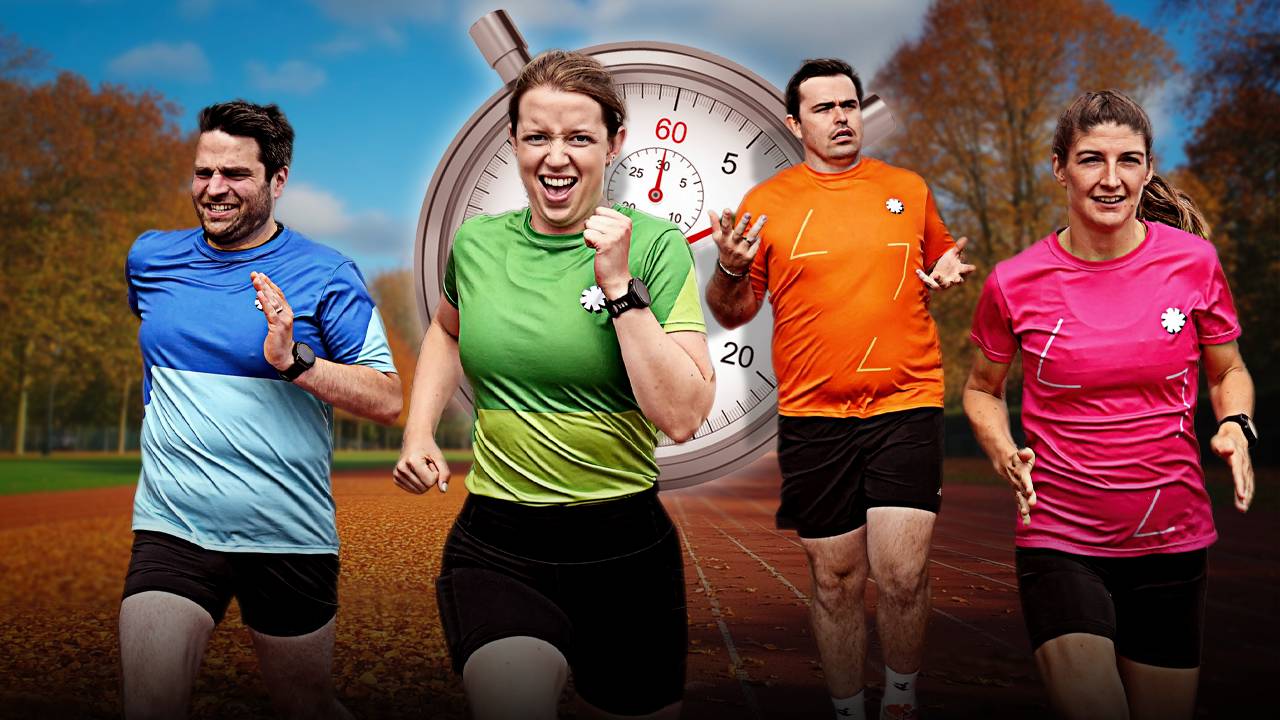


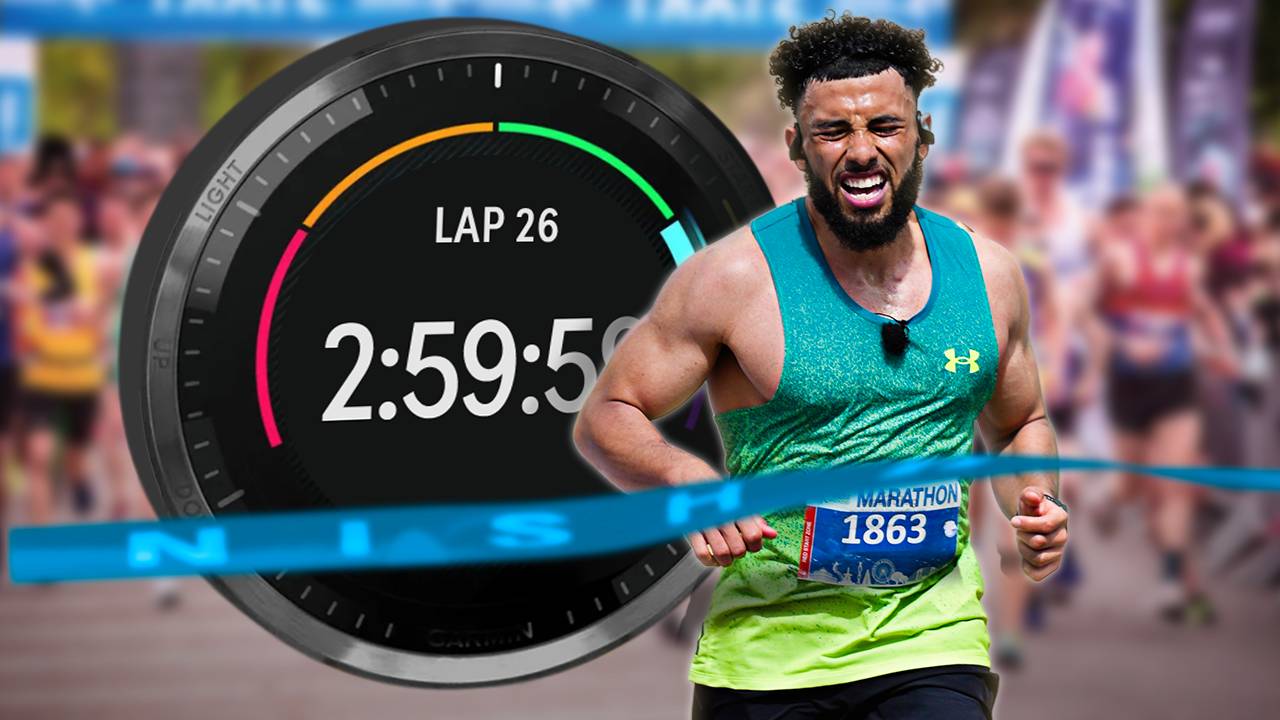

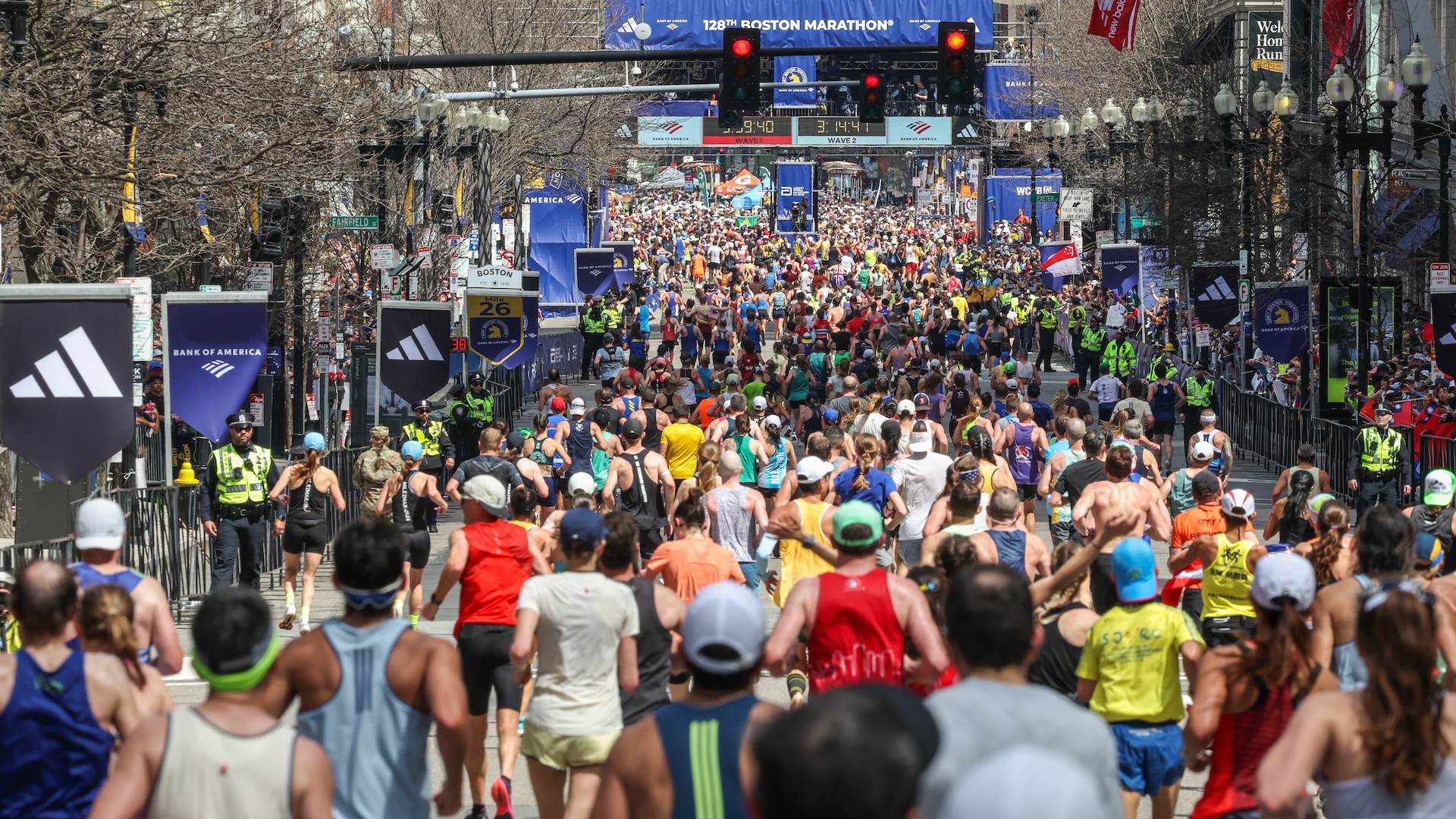

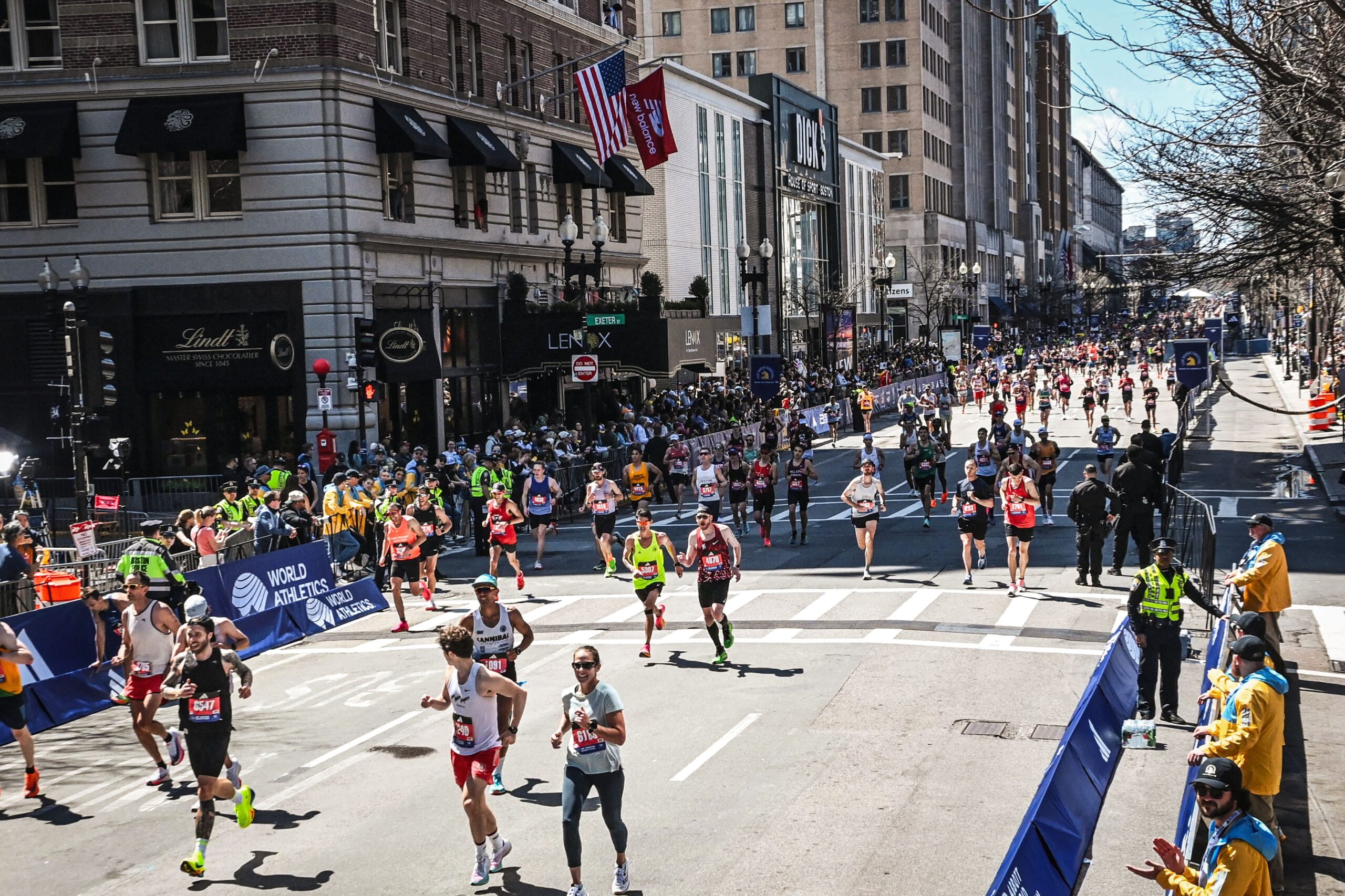
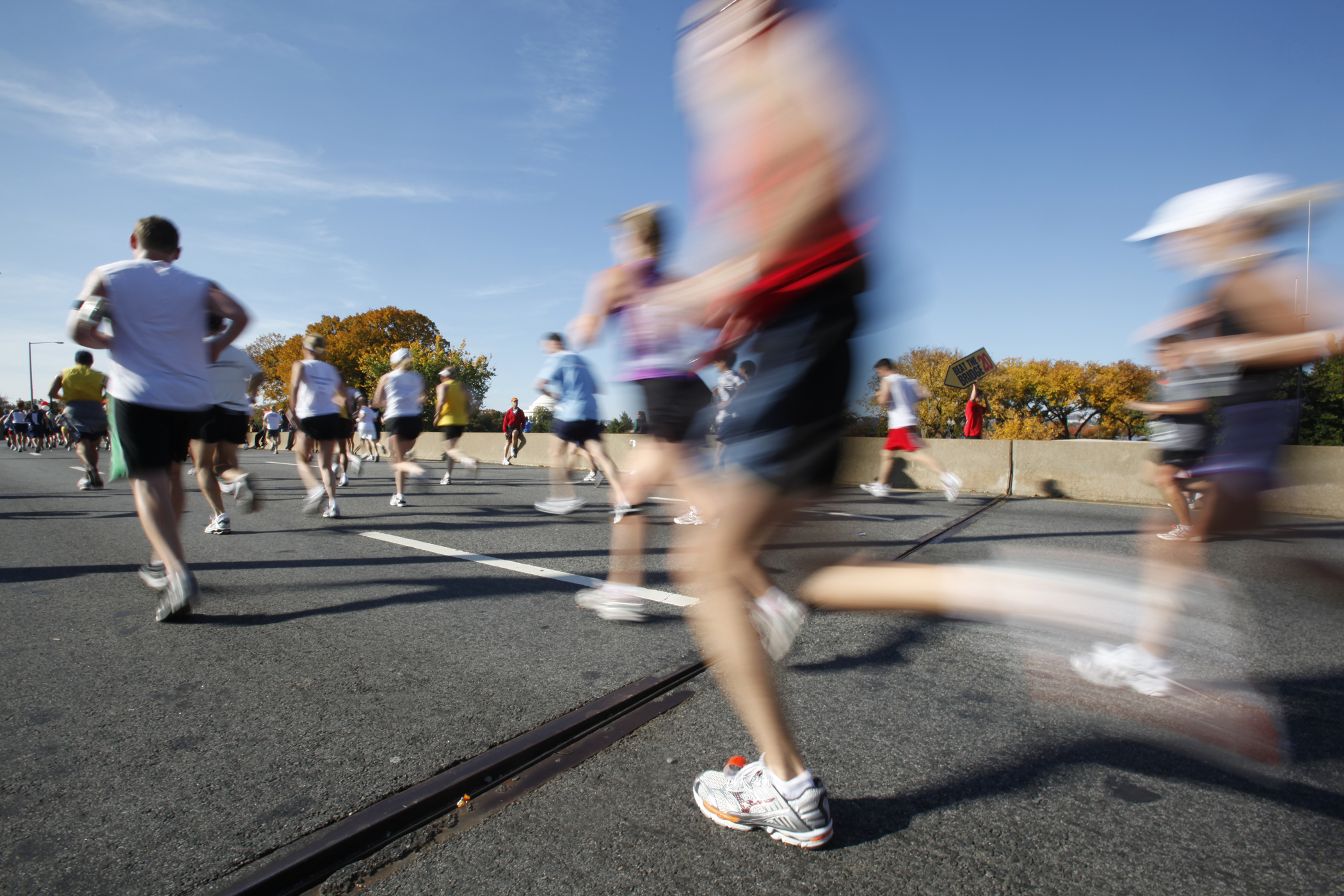



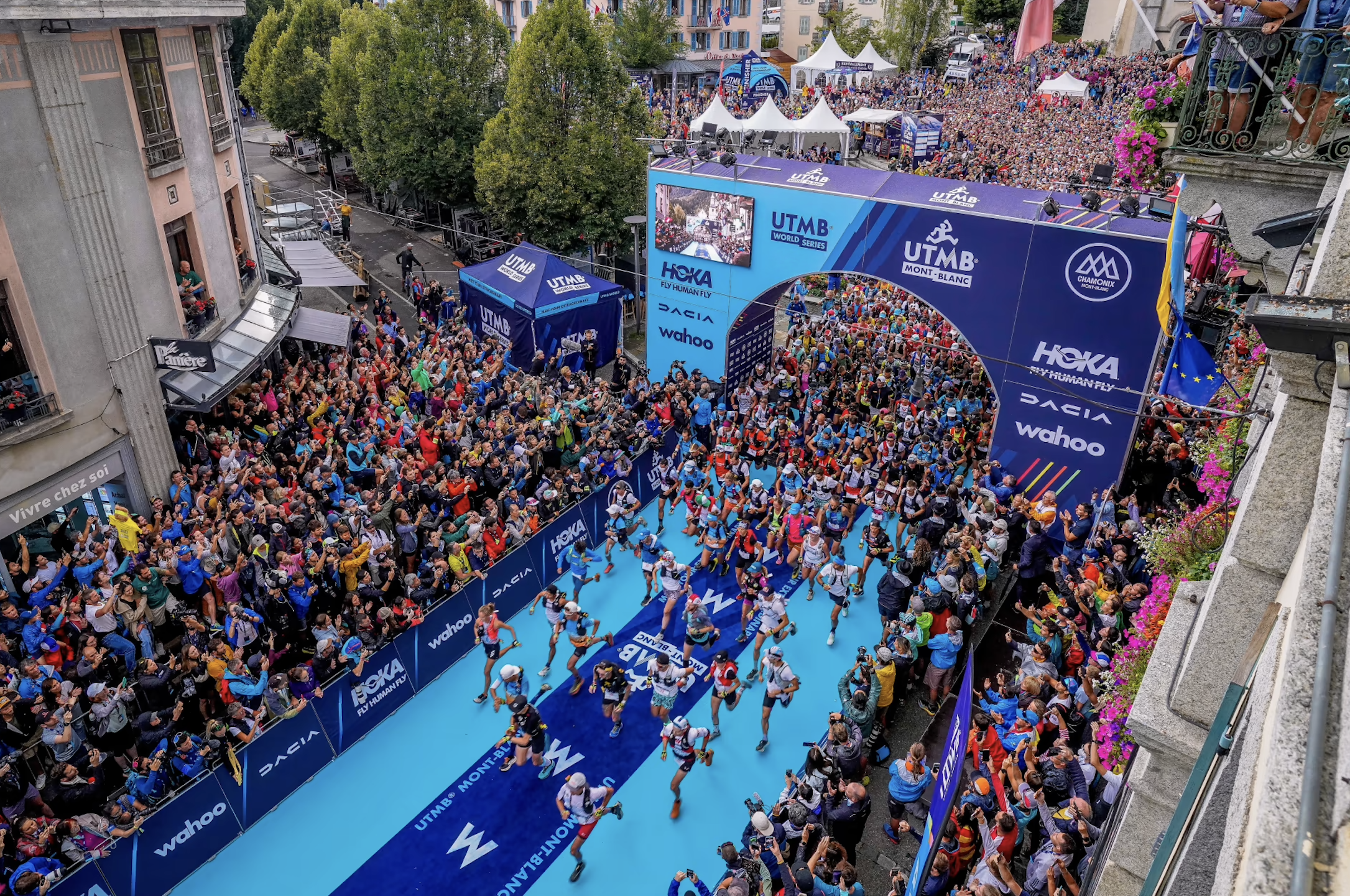


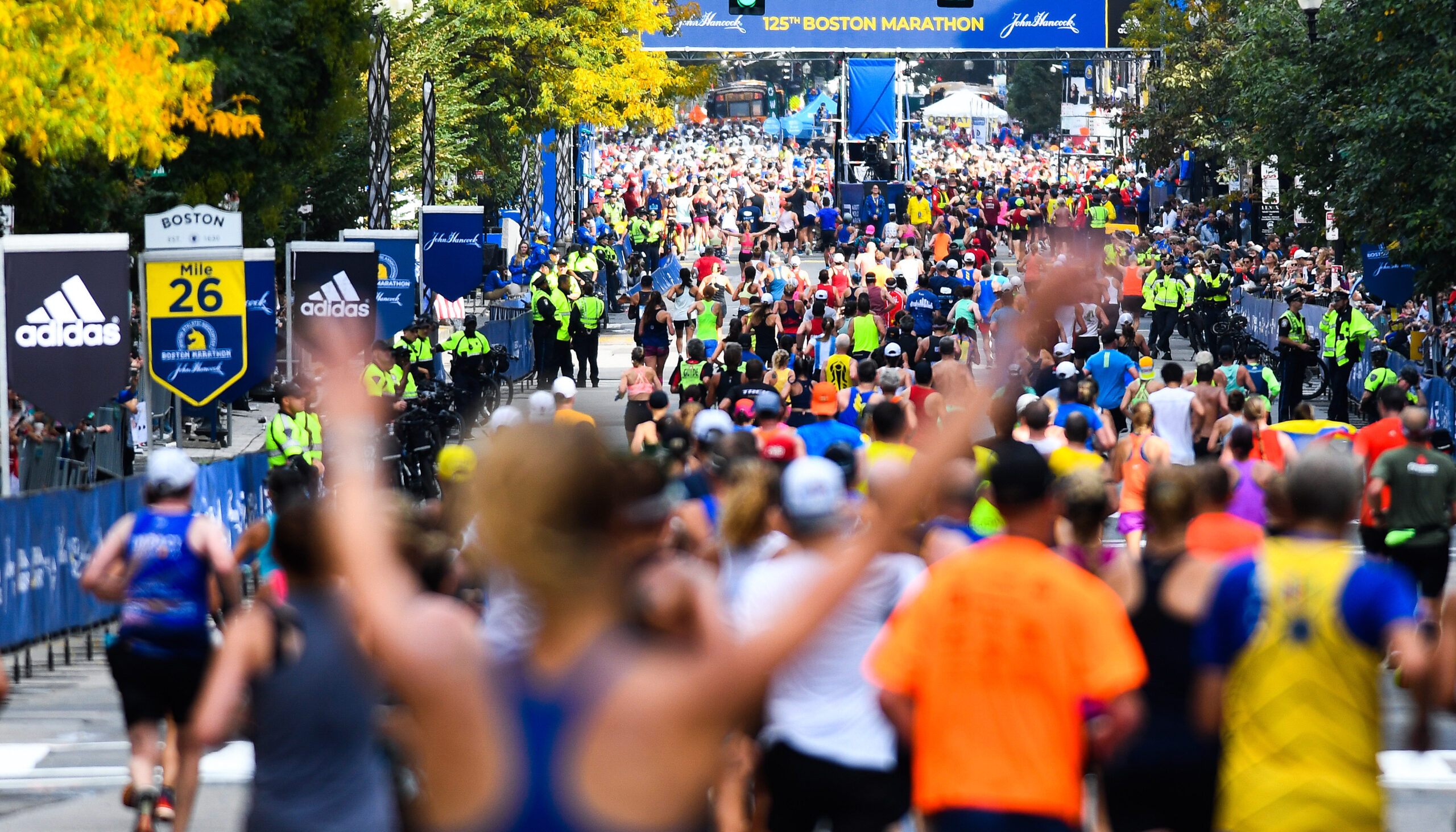
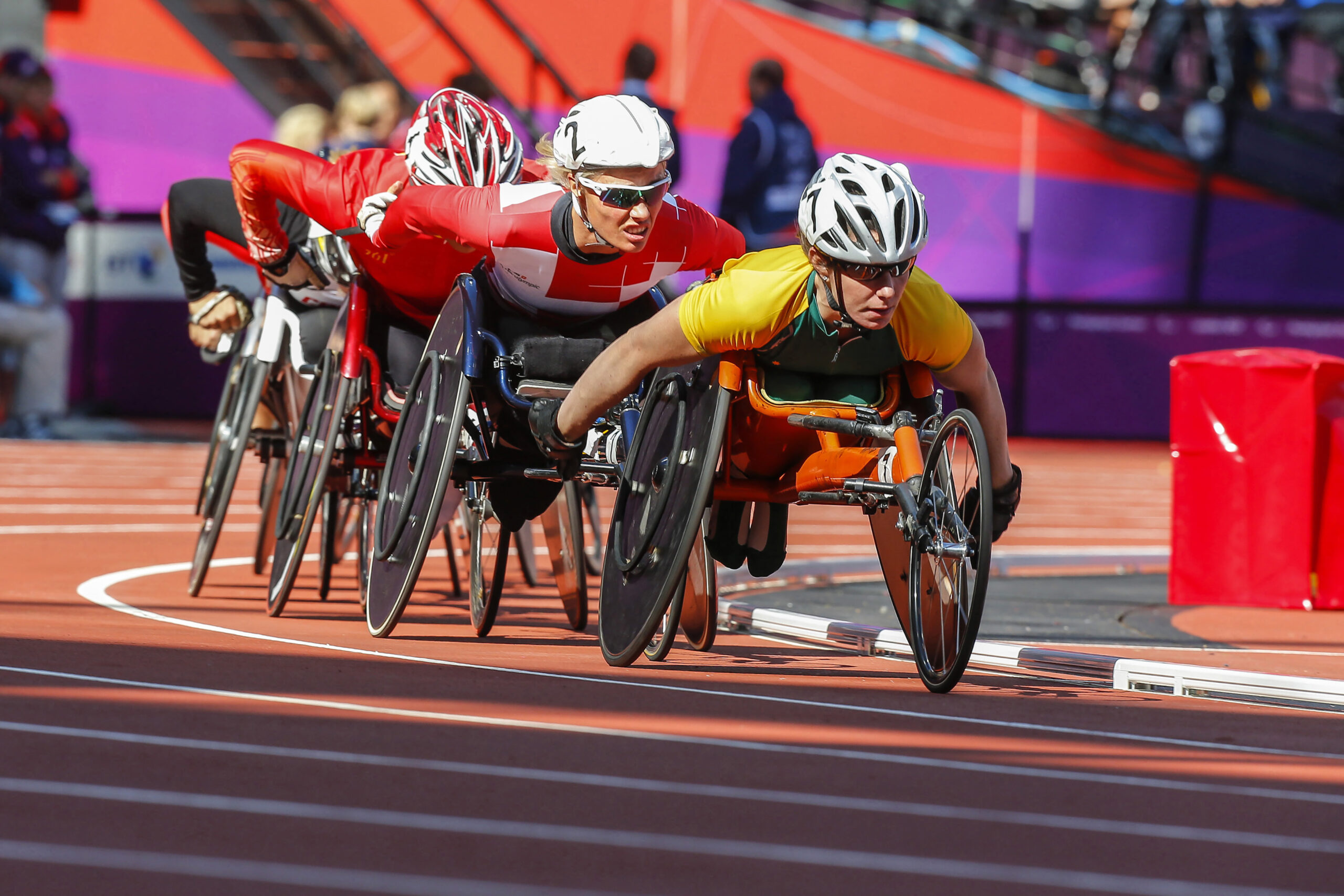



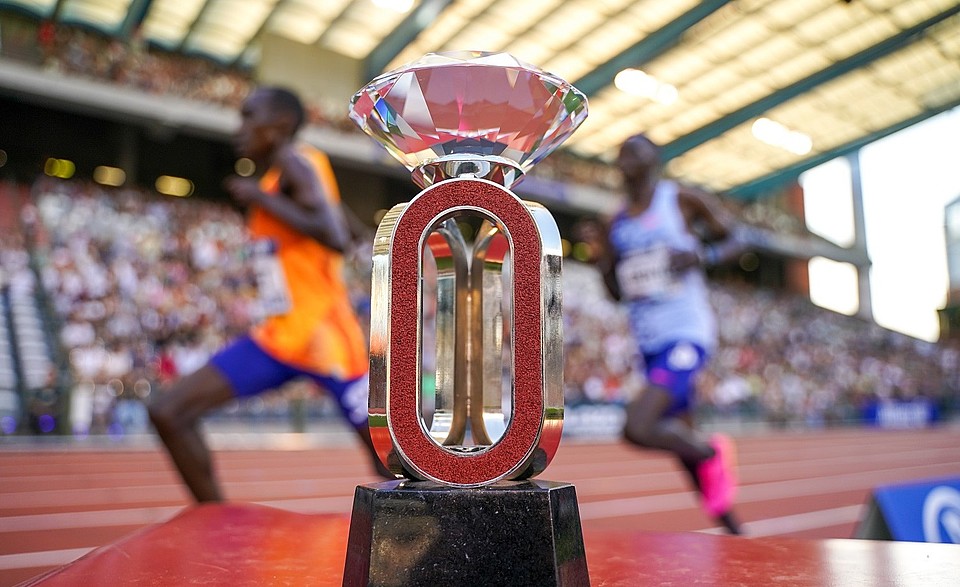

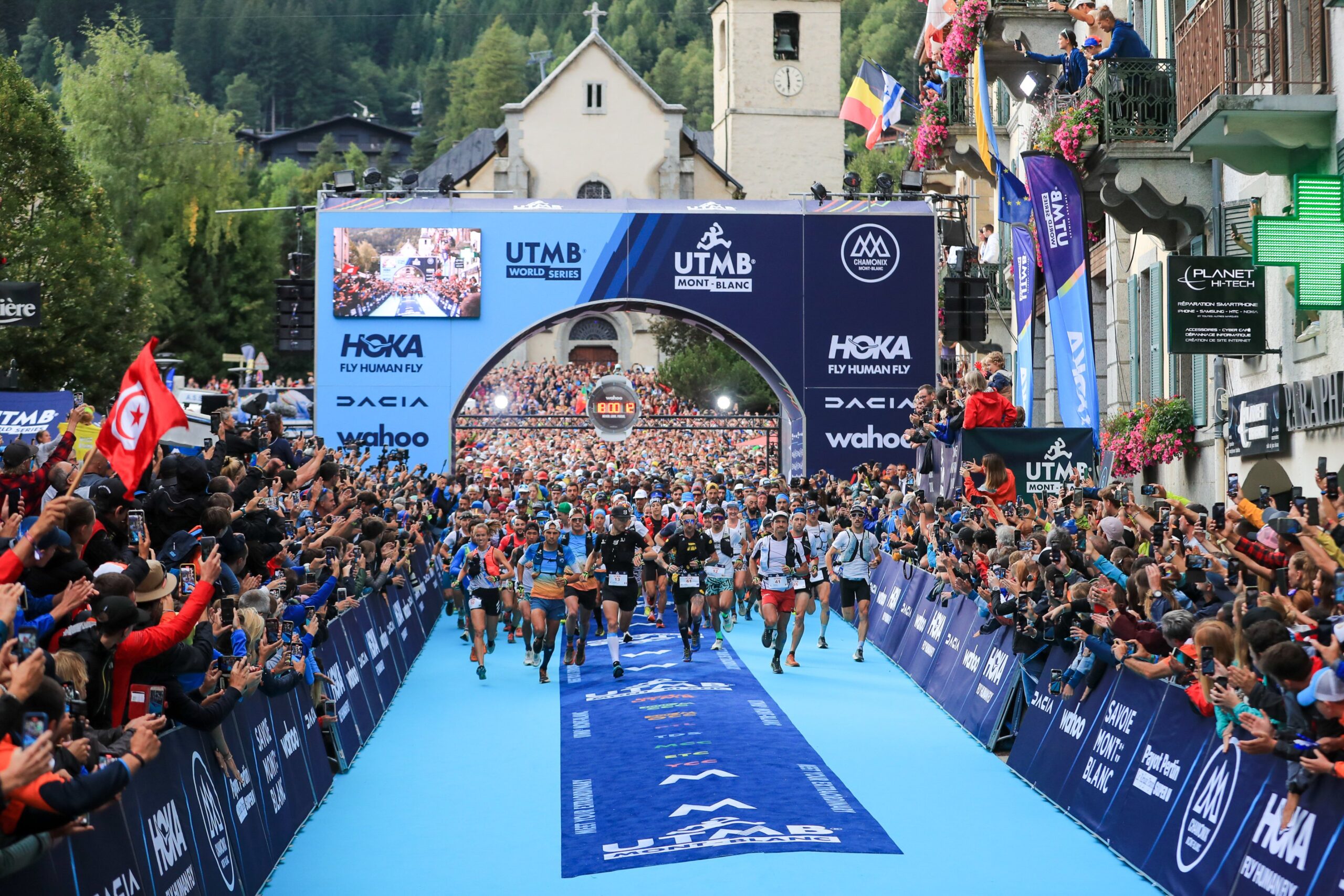
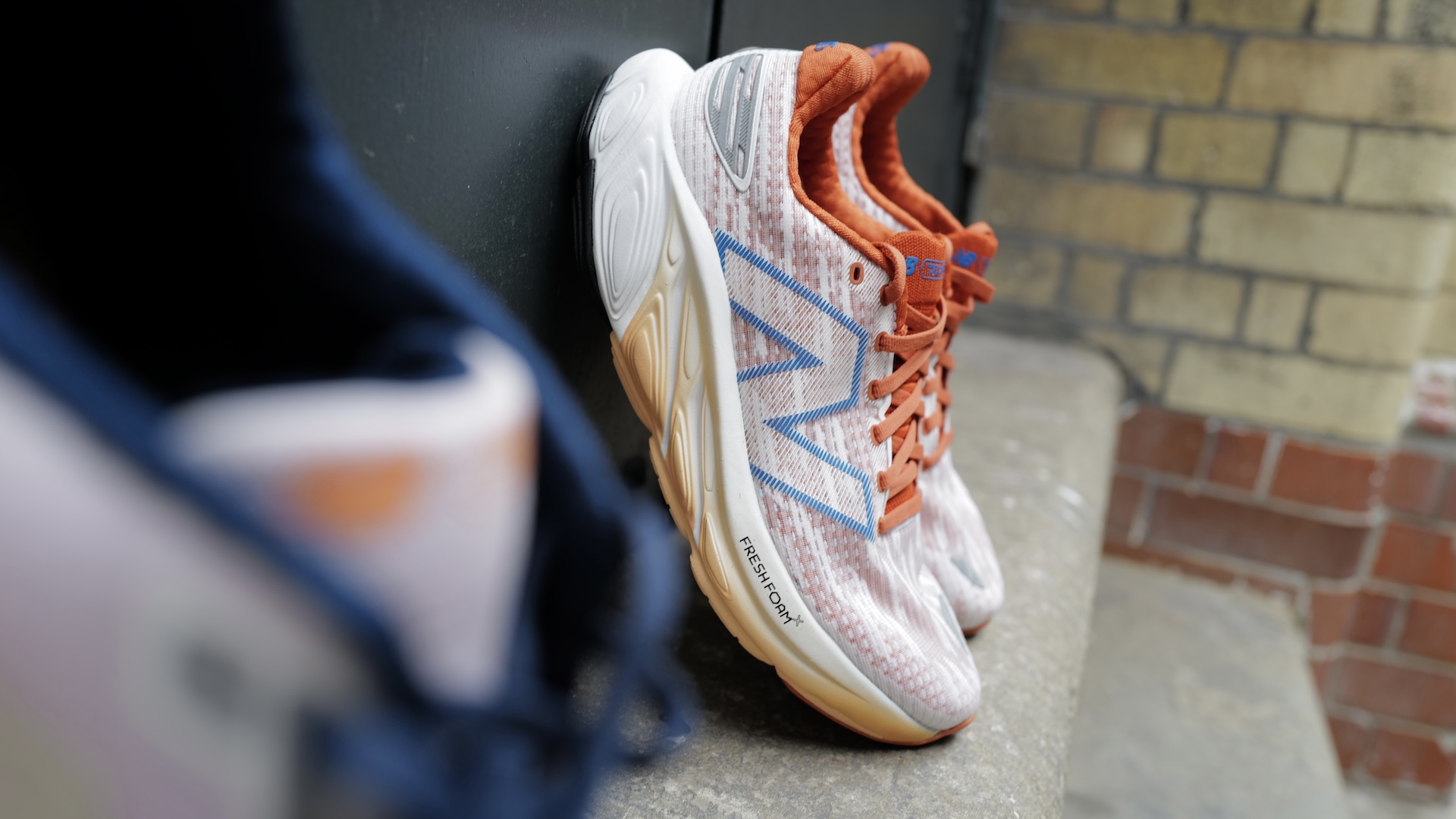
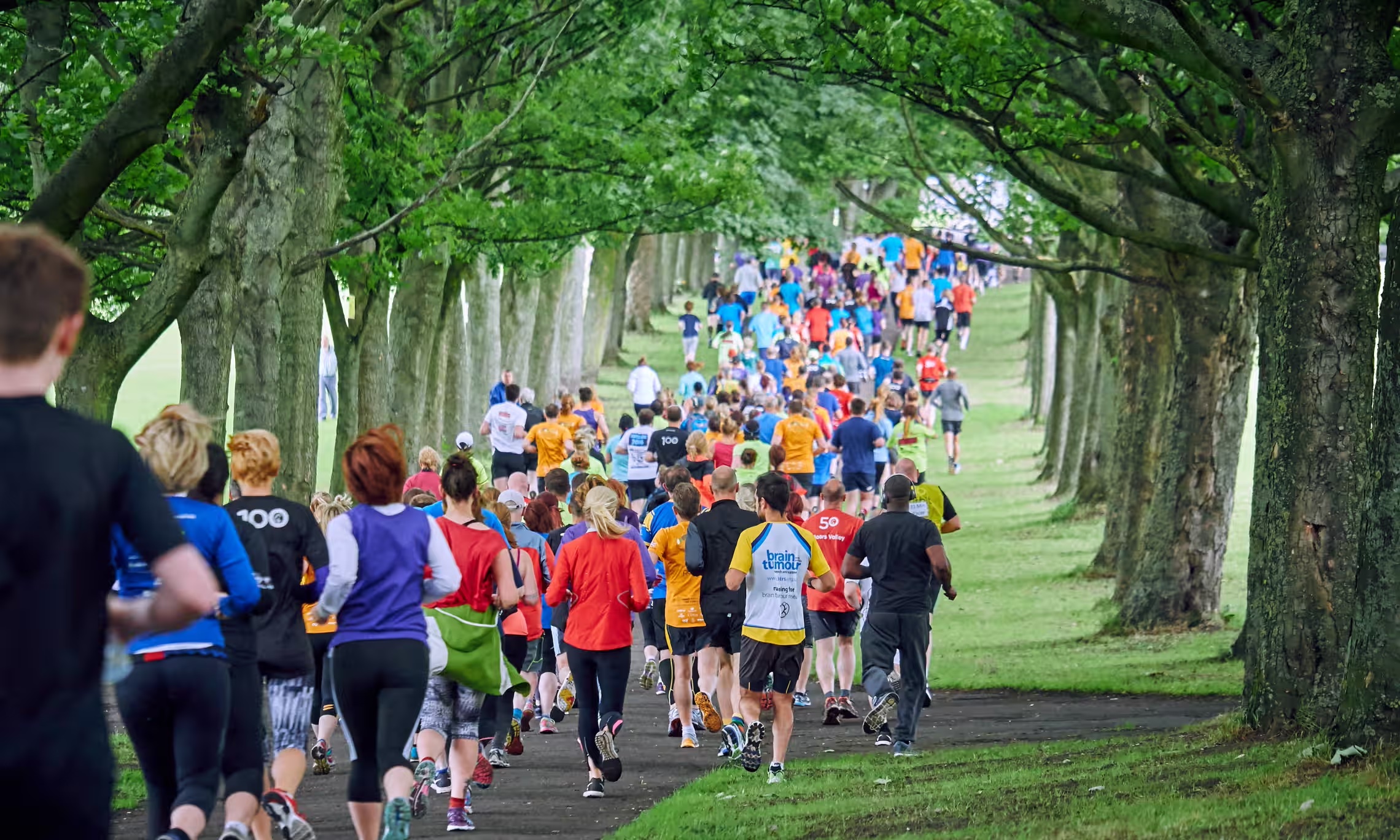


Running News
Eliud Kipchoge Will Run The 2025 Sydney Marathon!
The 2025 London Marathon Aims To Be The World’s Largest Marathon!
Will A Woman Run A Four-Minute Mile? Research Says It’s Possible